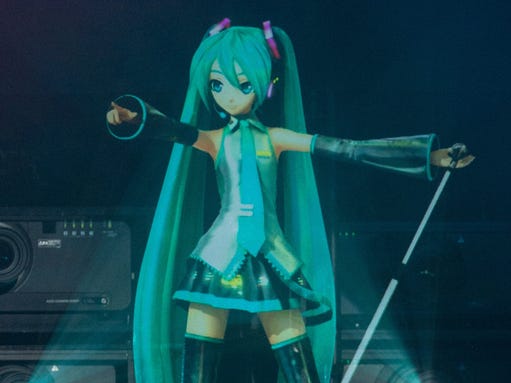Since we covered points-of-parity and points-of-difference last week, I thought it would be relevant to do a post about it. In the article, Apple and Samsung are compared in terms of switch-over rates, customer loyalty and the choice that first-time smartphone users would pick. In the comparisons, Apple won in terms of switch-over rates and customer loyalty, however, Samsung won in terms of customers changing over from a basic or non-feature phone.
From the article, we can tell how important brand image and brand loyalty is to both these companies. Apart from advertising, what makes these products so distinct is their points-of-difference (PoD). While sharing many similarities (points-of-parity PoP) such as both being smartphones having basic features such as video and music players, Apple attracts users by its easy-to-use instinctive system, the basic functionality of iTunes and its simple sleek design whereas Samsung boasts the highest resolution rates in the market as of now, higher customizability for the tech-savvy and a more sophisticated design.
From the demand of goods from each brand, we can see how diverse and spread out the tastes and preference of consumers are.


